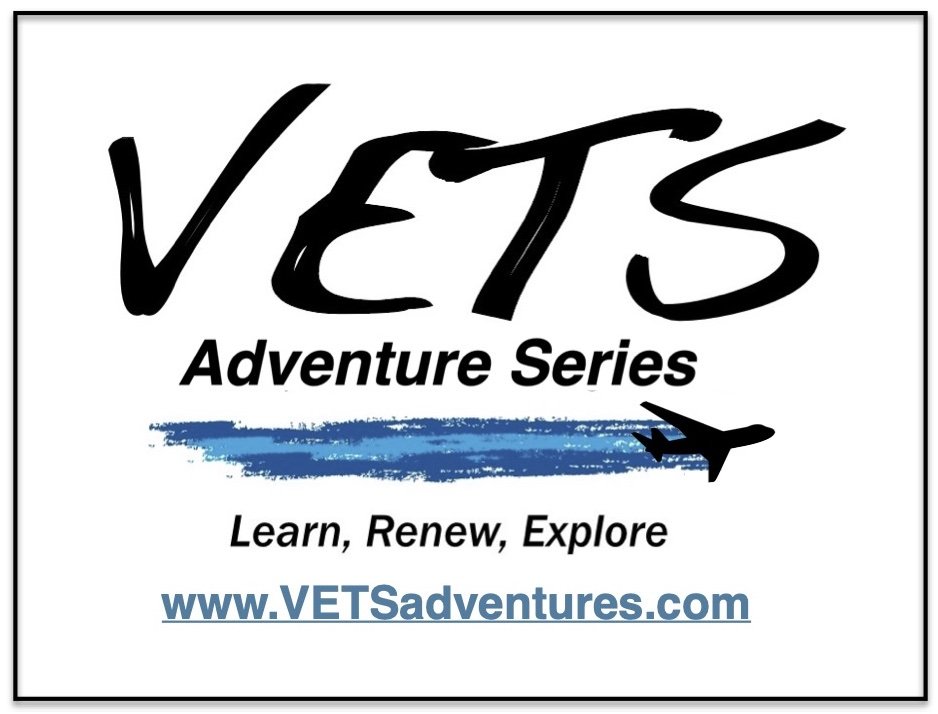Kaua’I is the wettest of the Hawaiian Islands and is in the form of circle.
The Island can be divided into four areas using a clock face and time to define each area. The North shore goes from about eleven to one o’clock and is green, wet and beautiful. It starts around the town of Kilauea and the Kilauea Lighthouse National Wildlife Refuge. Lots of birds, maybe monk seals and if your timing is right you’ll see some whales. As you travel counterclockwise from one o’clock towards eleven o’clock on the Island you’ll find: gorgeous farm land and wildlife refuges, many growing taro; the elegant Princeville Resort area; then one or two one-lane bridges as you enter Hanalei bay and the quaint town of Hanalei; then many more one-lane bridges as you head to the end of the road at the “wet cave” and a beach campground. The road stops at the north end of the Na Pali Coast.
The second area, the East end, goes from about one o’clock to four o’clock and includes the towns of (from North toward South) Moloaa, Kapaa, Wailua and Hanamaulu. Opaekaa Falls, Wailua Falls and the very beautiful Wailua River are major landmarks in this area. The East End also hosts many public beaches with lifeguards and lots of surfers. Old coconut groves make this area unique on the Island, and an older shopping center currently undergoing renewal, called the Coconut Marketplace, sits in the middle of the coconut grove area between Wailua & Kapaa.
The South End effectively starts at about four o’clock at Lihue, the largest town on the Island and the location of the airport, and ends about eight o’clock around the town of Kekaha. From Lihue you’ll travel south through the towns of Puhi, Koloa, Poipu, Lawai, Kalaheo, Ele Ele (with Port Allen), Hanapepe and Waimea before reaching Kekaha. The best snorkeling and sailing on the Island is along this region. Lihue has a major shopping center with a Macy’s, food stores, as well as other mainland retailers.
As you go south from Lihue to our headquarters hotel you’ll take the turn to the left toward Koloa Town and Poipu soon after going through Puhi. Follow the signs to Poipu. In this area you’ll also find Spouting Horn (a blow hole thrusting sea water into the air associated with wave action) along with local craft kiosks and many examples of the animal mascot of the Island, the chicken (with many roosters strutting their stuff). The National Tropical Botanical Garden is also close to Spouting Horn. Traveling west from Poipu you’ll find the towns of Kalaheo, Ele Ele with Port Allen (the major sailing and fishing port), Hanapepe, Waimea and the access road to Waimea Canyon State Park (the Grand Canyon of the South Pacific).
The West end goes from about 8 o’clock to 11:30 with road travel only to about nine o’clock (at Polihale State Park and Barking Sands Beach). The Na Pali coast consumes the space between 9 and 11:30 and can only be seen is from a boat or the air. Waimea Canyon is inland, is equally spectacular and well worth the drive.
The world’s wettest spot is in the center of the Island, at Mt. Wai’ale’ale, with over 650 inches of rain per year.
Po’ipu hosts the Grand Hyatt Kaua’i, our headquarters hotel, and is about 30 minutes from Lihue (17 miles, the residents (and we) drive slow in Hawaii). The hotel has a great beach (Shipwreck Beach, is there a better name anywhere?), lovely grounds, adult-only and all age’s pools, a water slide (fun but not insane), a lazy river for floating, and a large salt-water lagoon with sand separated from the ocean for easy water sports. It offers several restaurants, a great bar, superb views from all the rooms, tennis, golf and a huge spa. I visited all the room styles offered and they are all spacious, well appointed and provide wonderful views (65% offer ocean views). All guest rooms have private lanais, are 600 + square feet and have superior bedding. Dining options in the hotel include the highly rated Tide Pools, Dondero’s Italian and a variety of more casual dinning options.
The Po’ipu area is evolving, with a new small shopping center hosting a variety of shops including about 10 eating establishments. The older Po’ipu Shopping Village is still there but Roy’s restaurant has moved to the new location under a new name and offers a new menu. The old Village still has a Starbucks, a Puka Dog and some other more casual restaurants plus a variety of shopping (as of our visit in March).
At the new location (The Shops at Kukui’ula), just a few minutes by car from the hotel and maybe a mile beyond the older shopping village, you’ll find restaurants including: Merriman’s Fish House; Tortilla Republic; The 1849 Eating House by Roy’s; Bubba Burgers; Josselin’s Tapas Bar & Grill; Merriman’s Gourmet Pizza and Burgers; Savage Shrimp; The Dolphin Restaurant, Fish Market & Lounge; Tortilla Republic Grill & Margarita Bar; and Lappert’s Ice Cream and Coffee. There is also a market with farm to table organic foods and many shops and galleries. This new shopping area hosts a Farmer’s Market on Wednesdays from 3:30 to 6:00 pm with live music and beer and wine and a local music night Fridays from 6:30 to 8:30 pm.
The Poipu Bay Golf Course is adjacent to the hotel and is one of the best on all the Islands.
During our site visit in early March we sat on our lanai and watched many humpback whales swim by, blowing frequently, breeching occasionally. They breed and calve here and spend much of the rest of the year in Alaskan waters. Depending on when winter hits Alaska we could see them during the meeting.










































